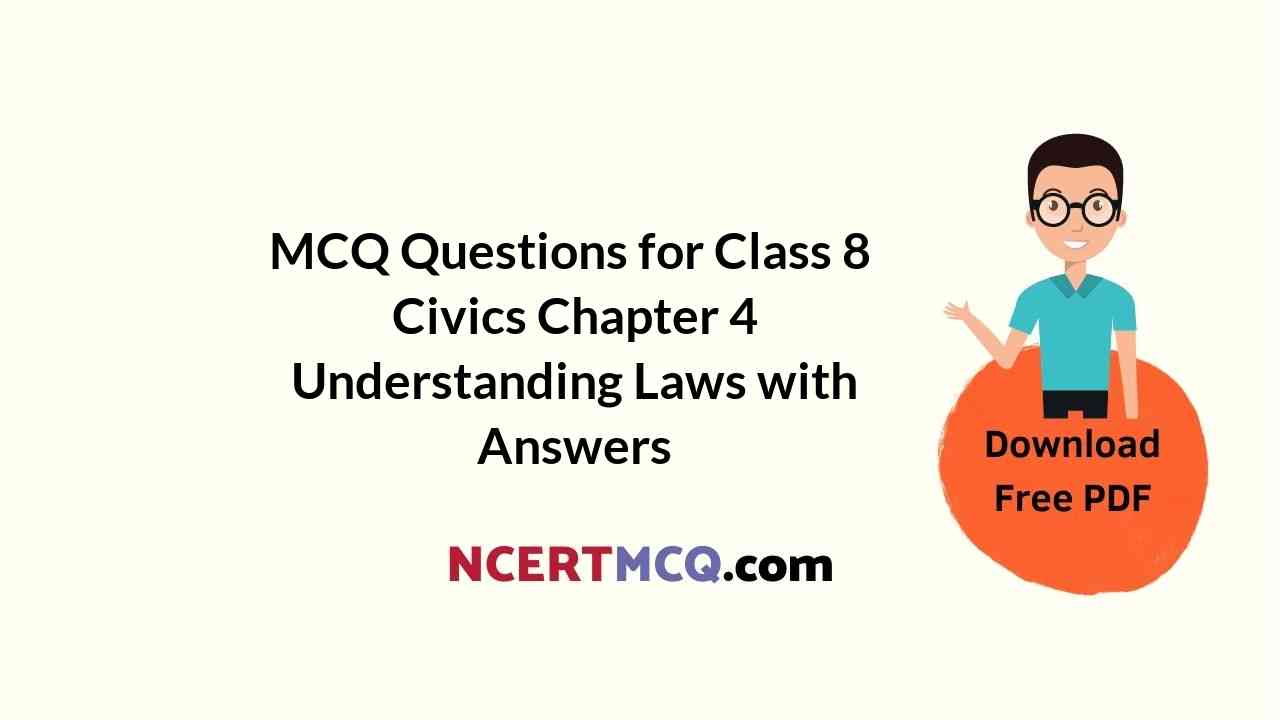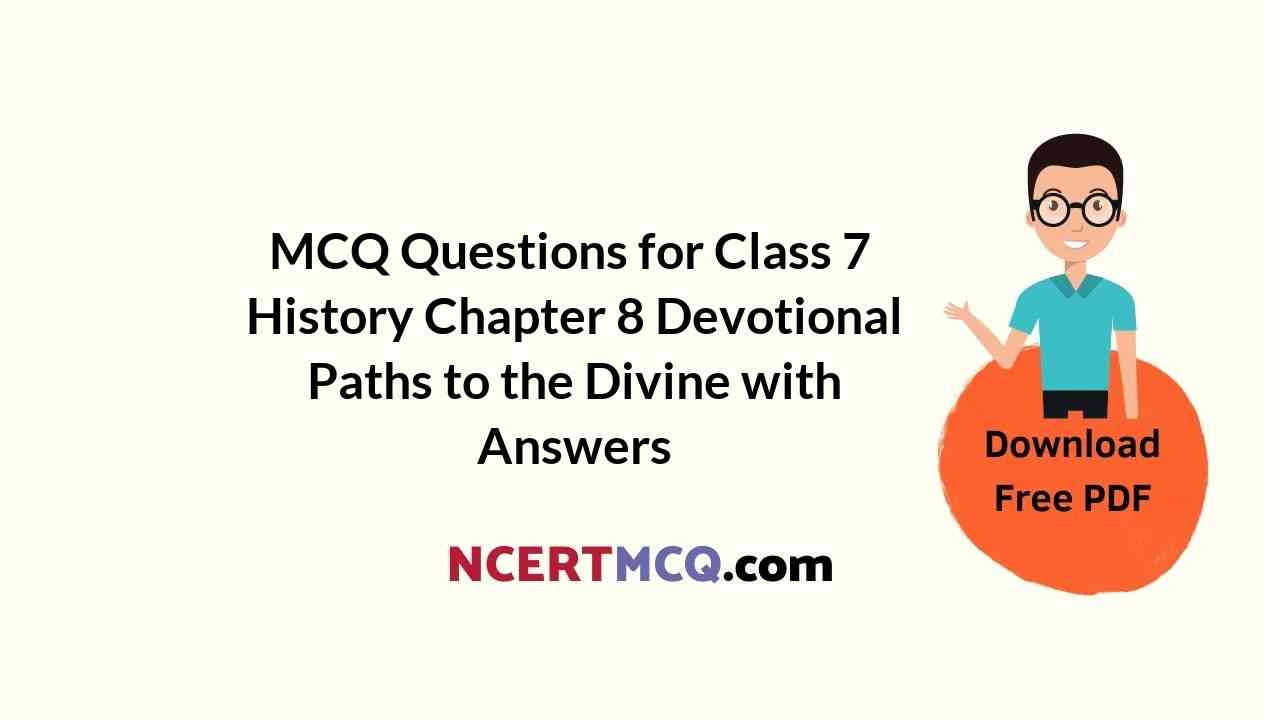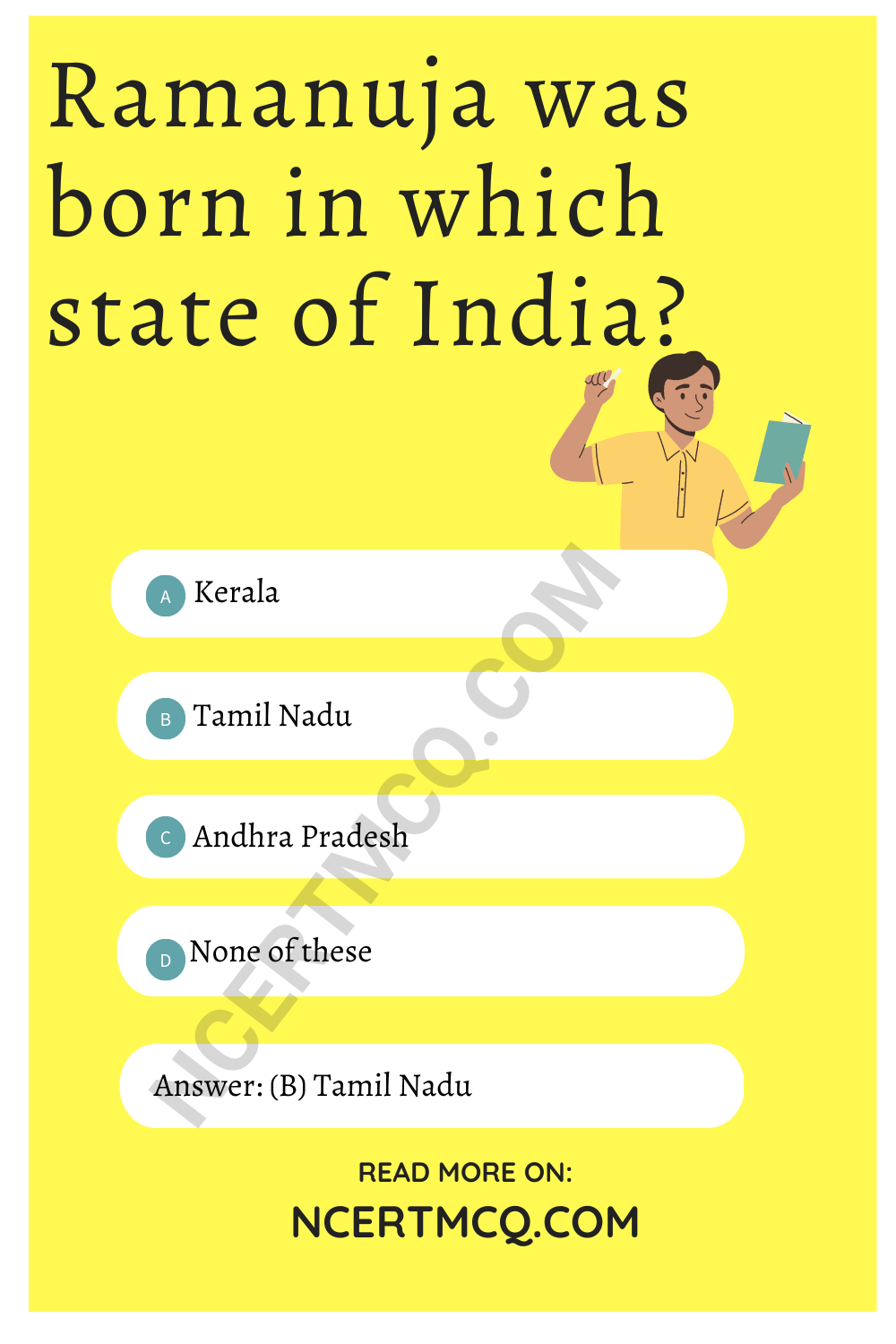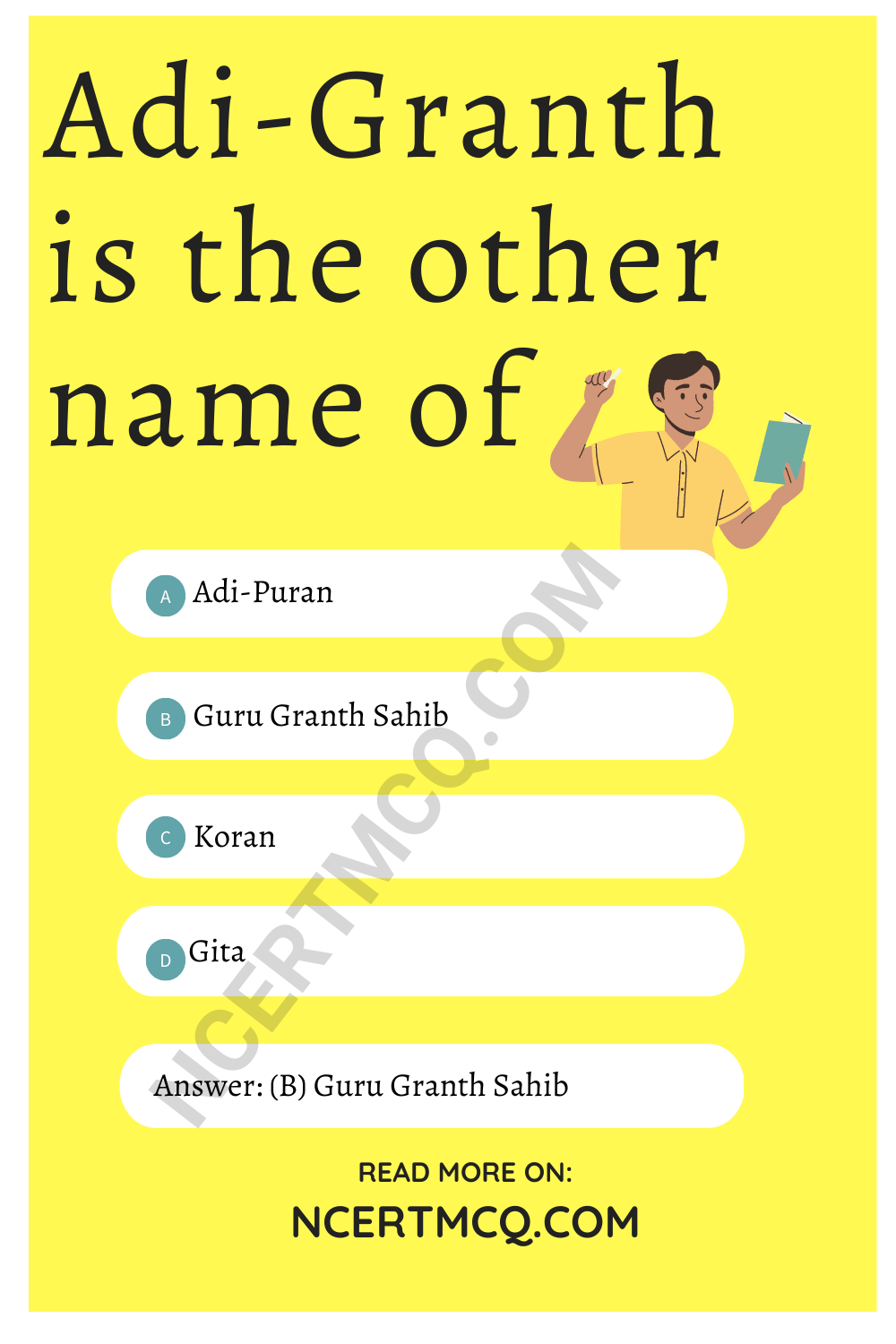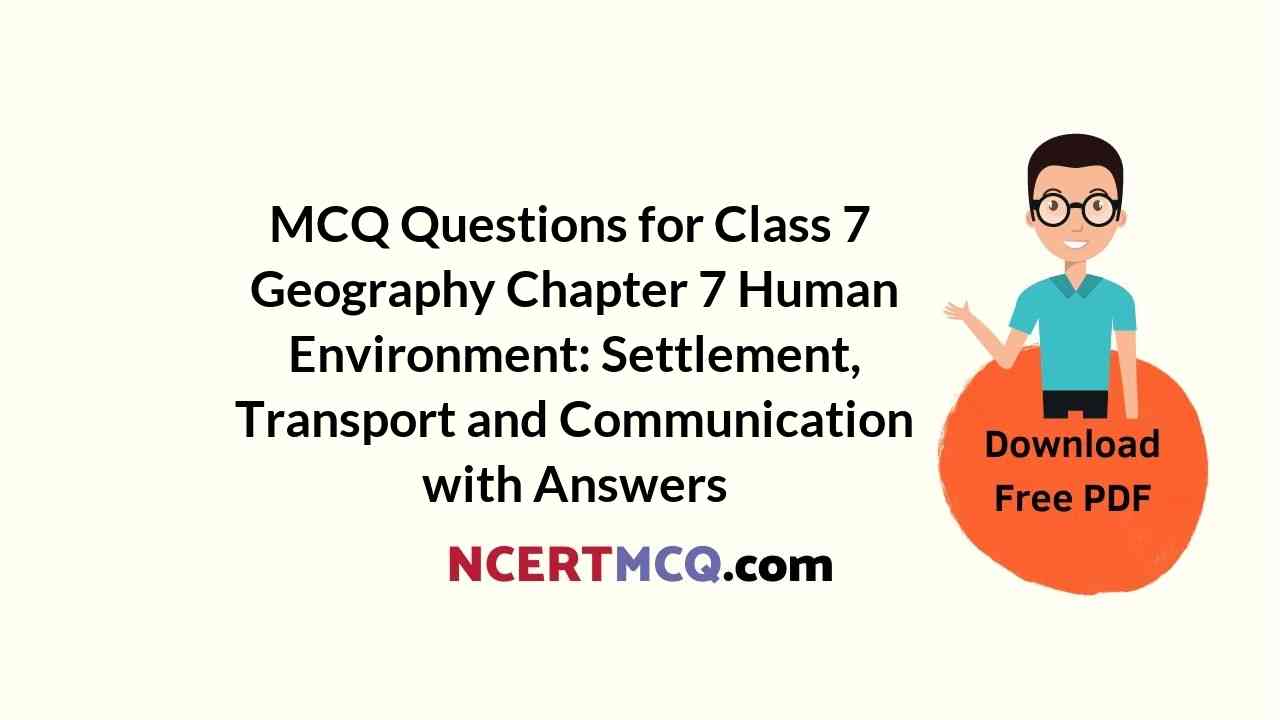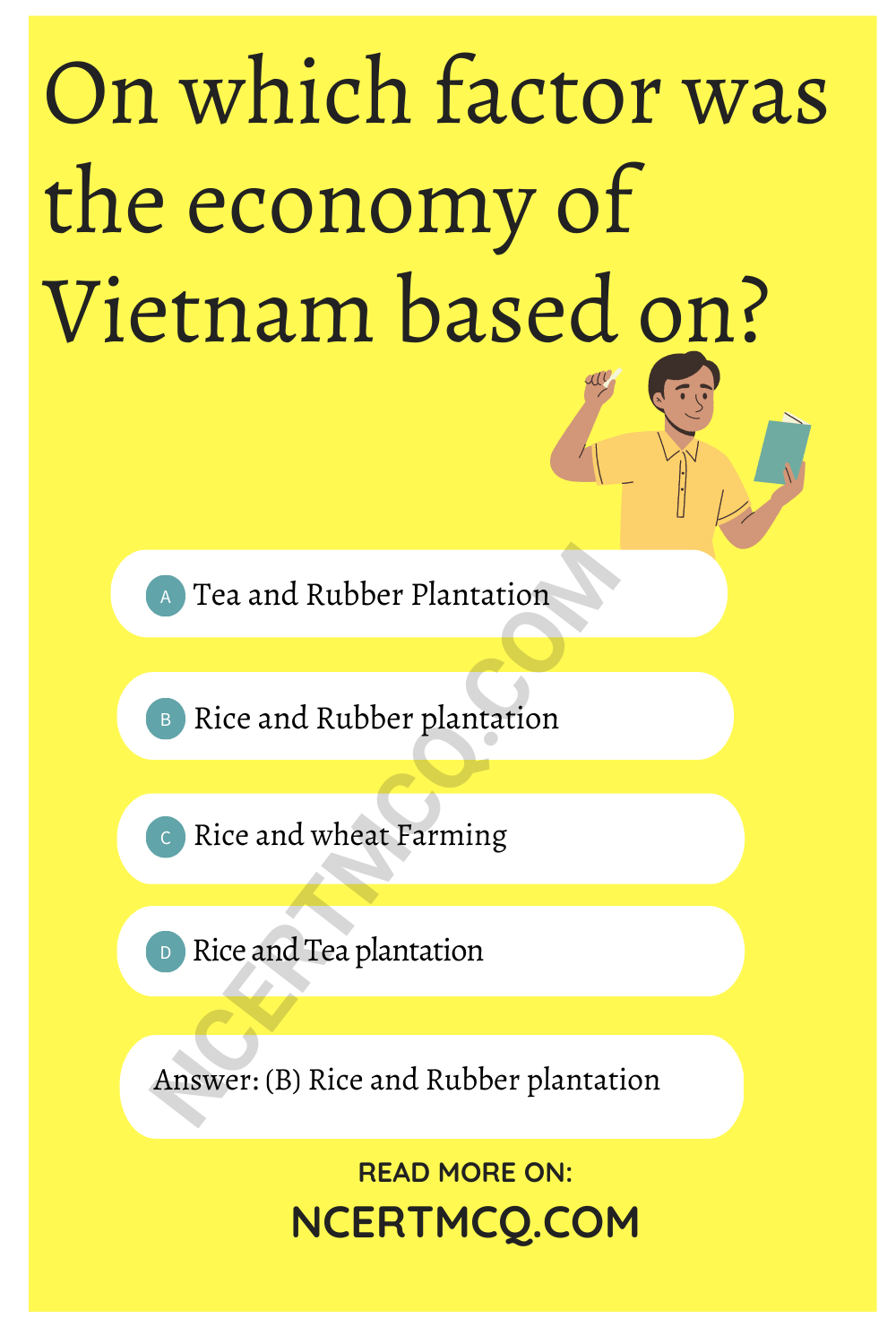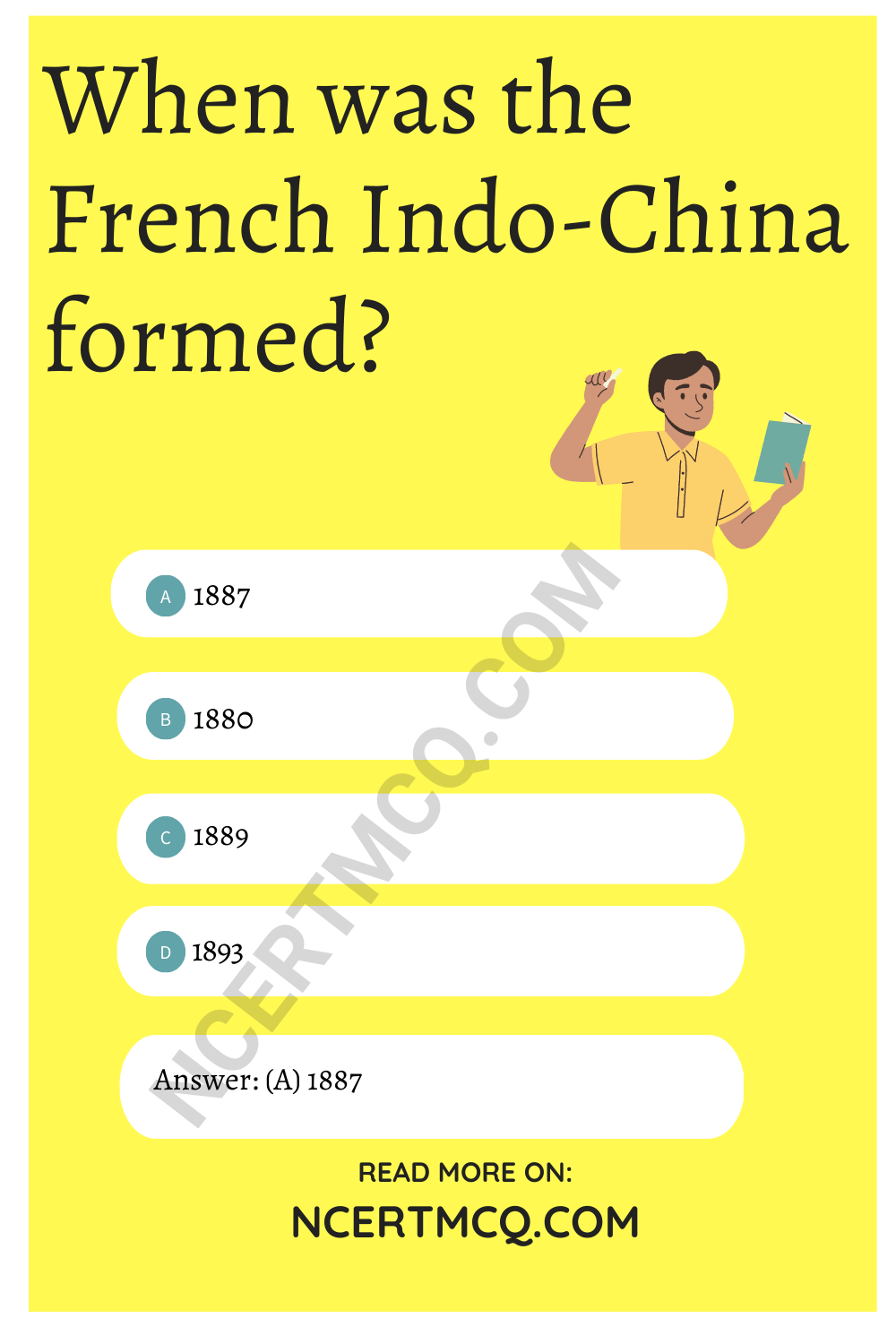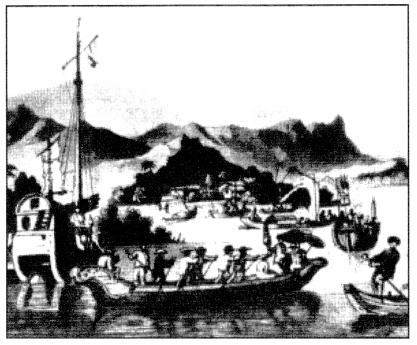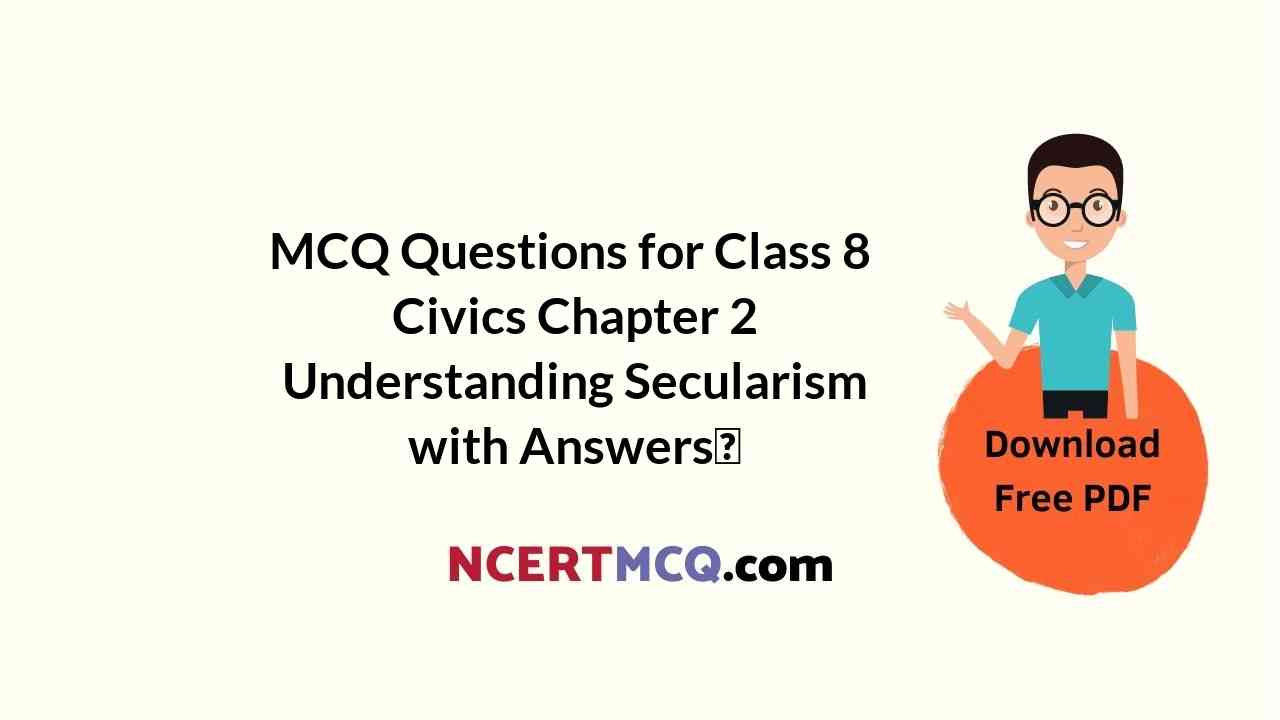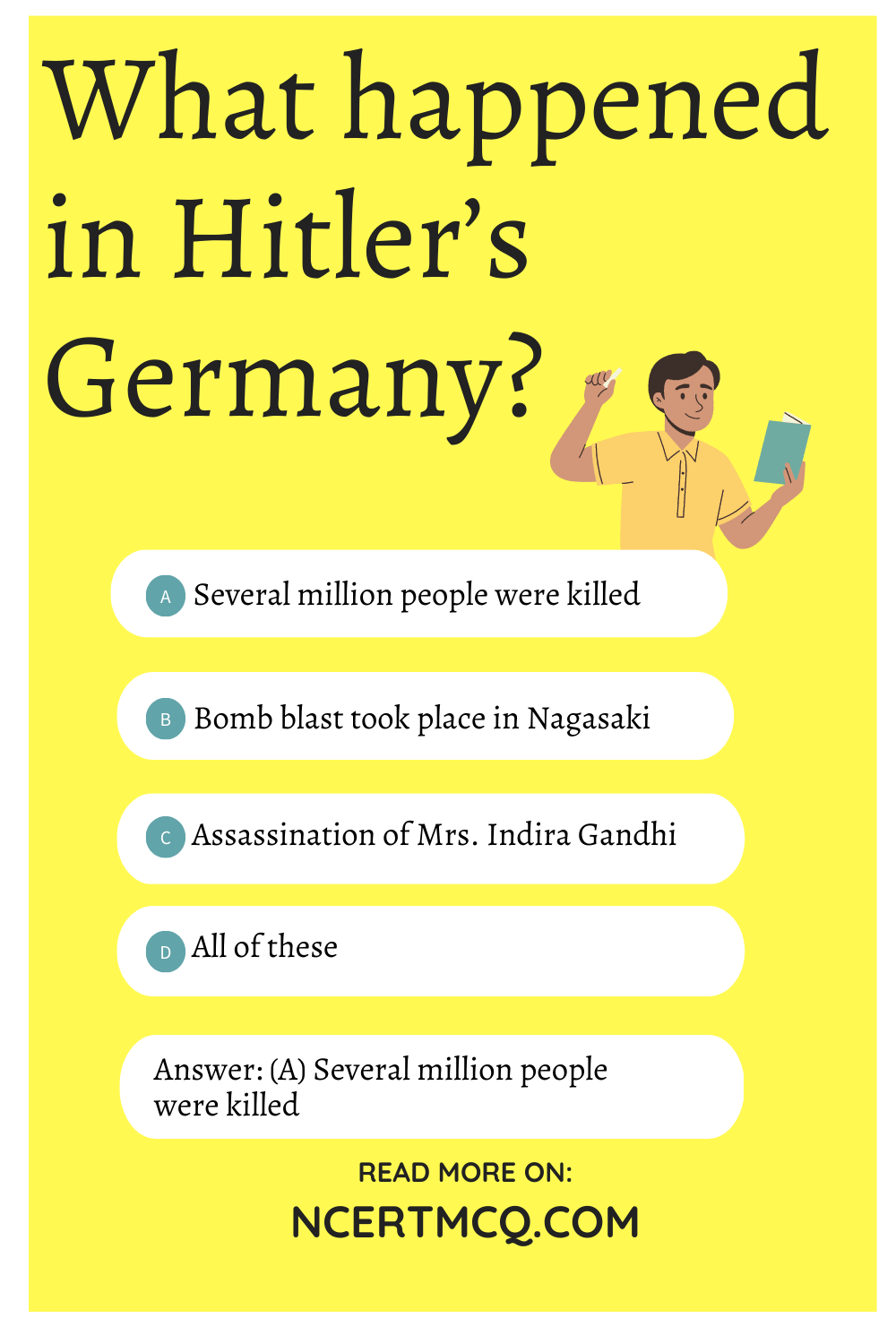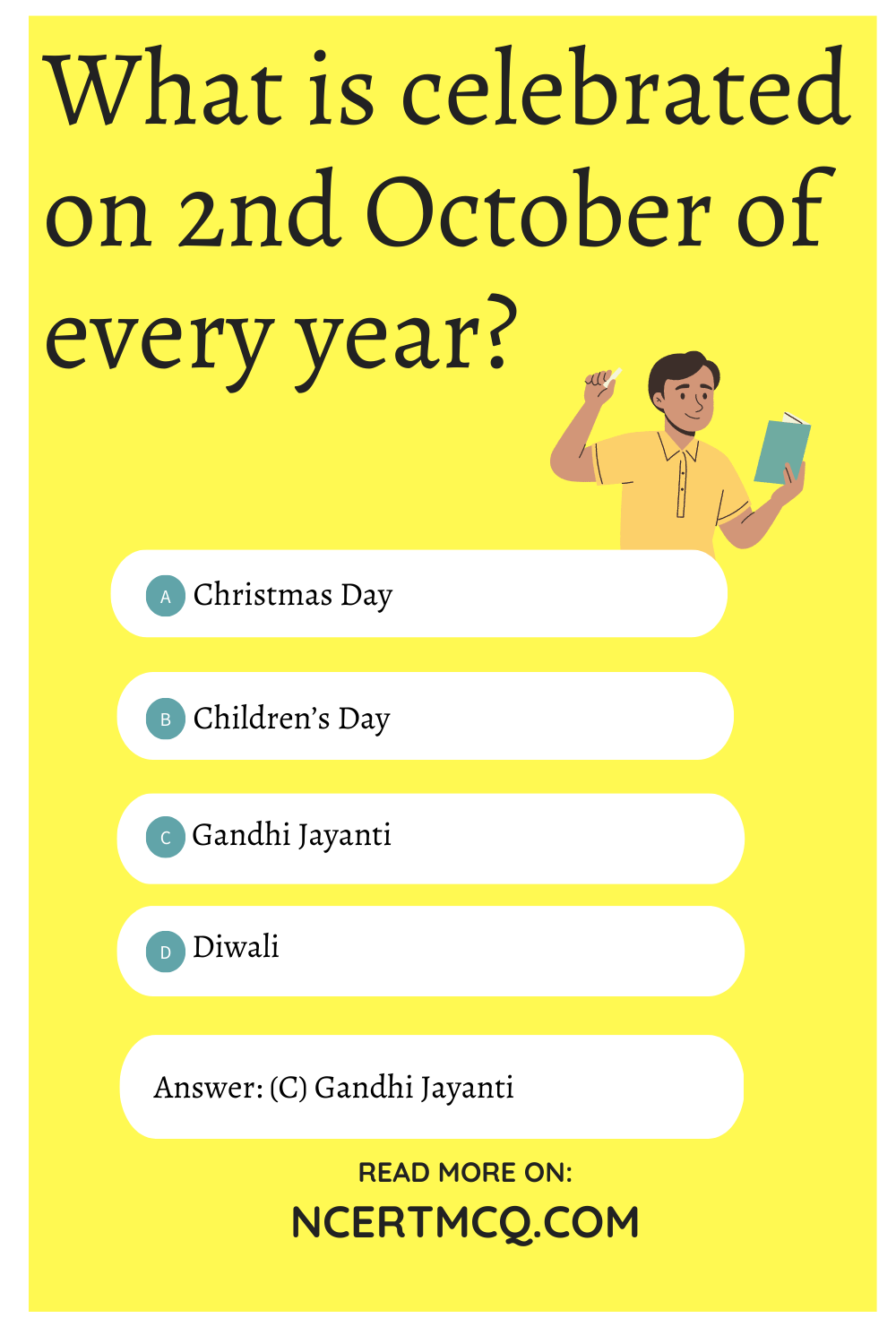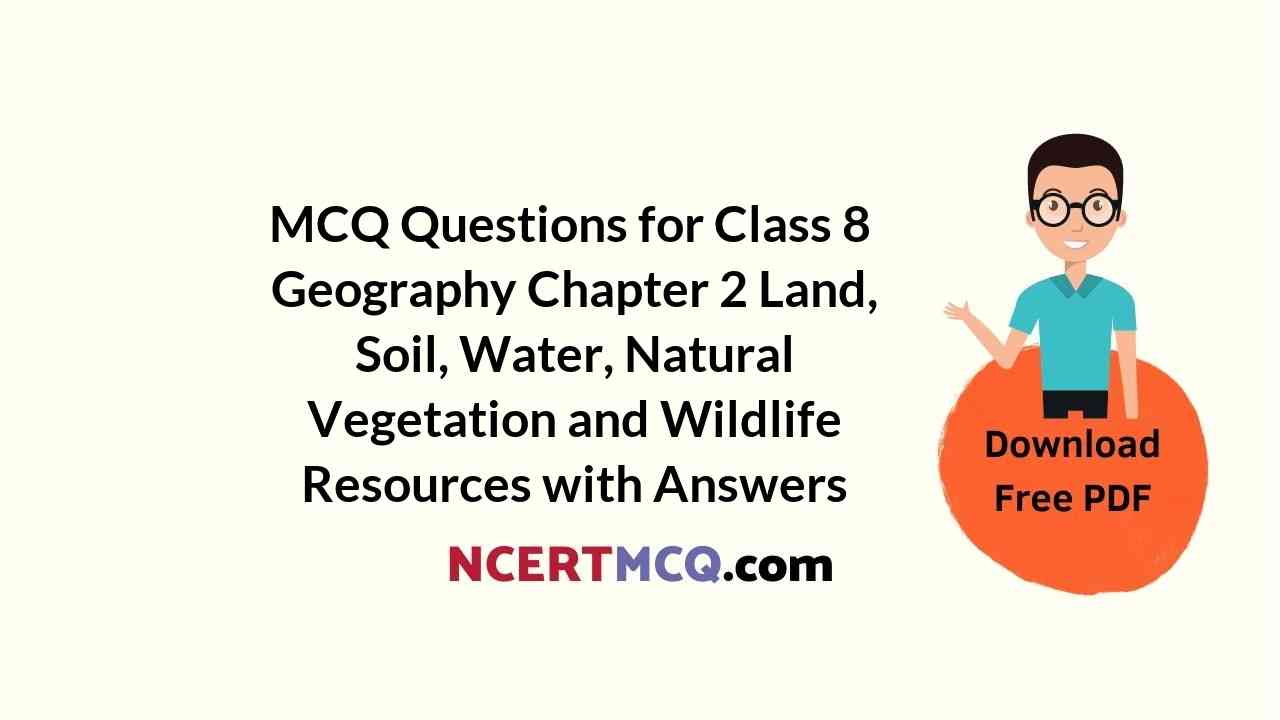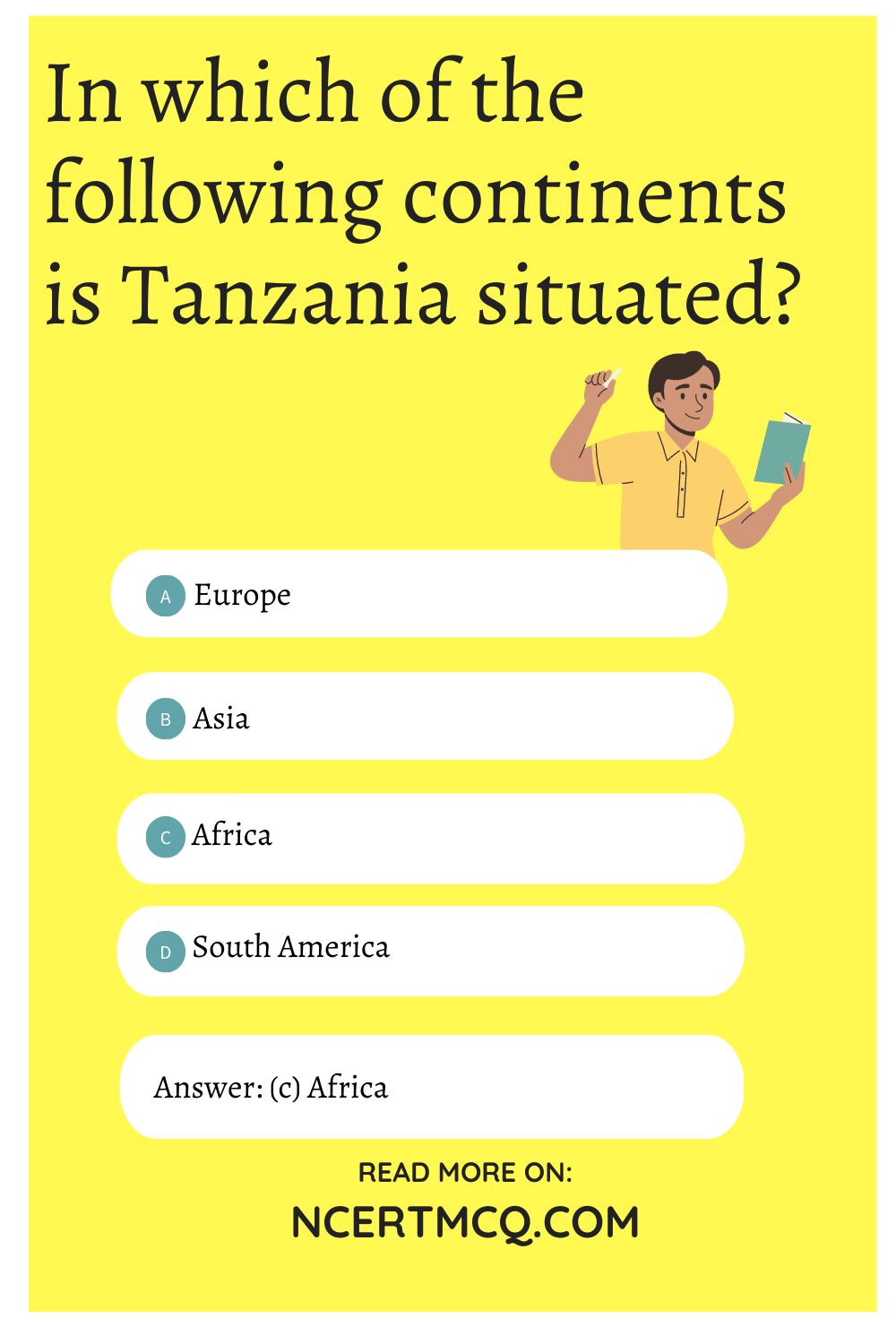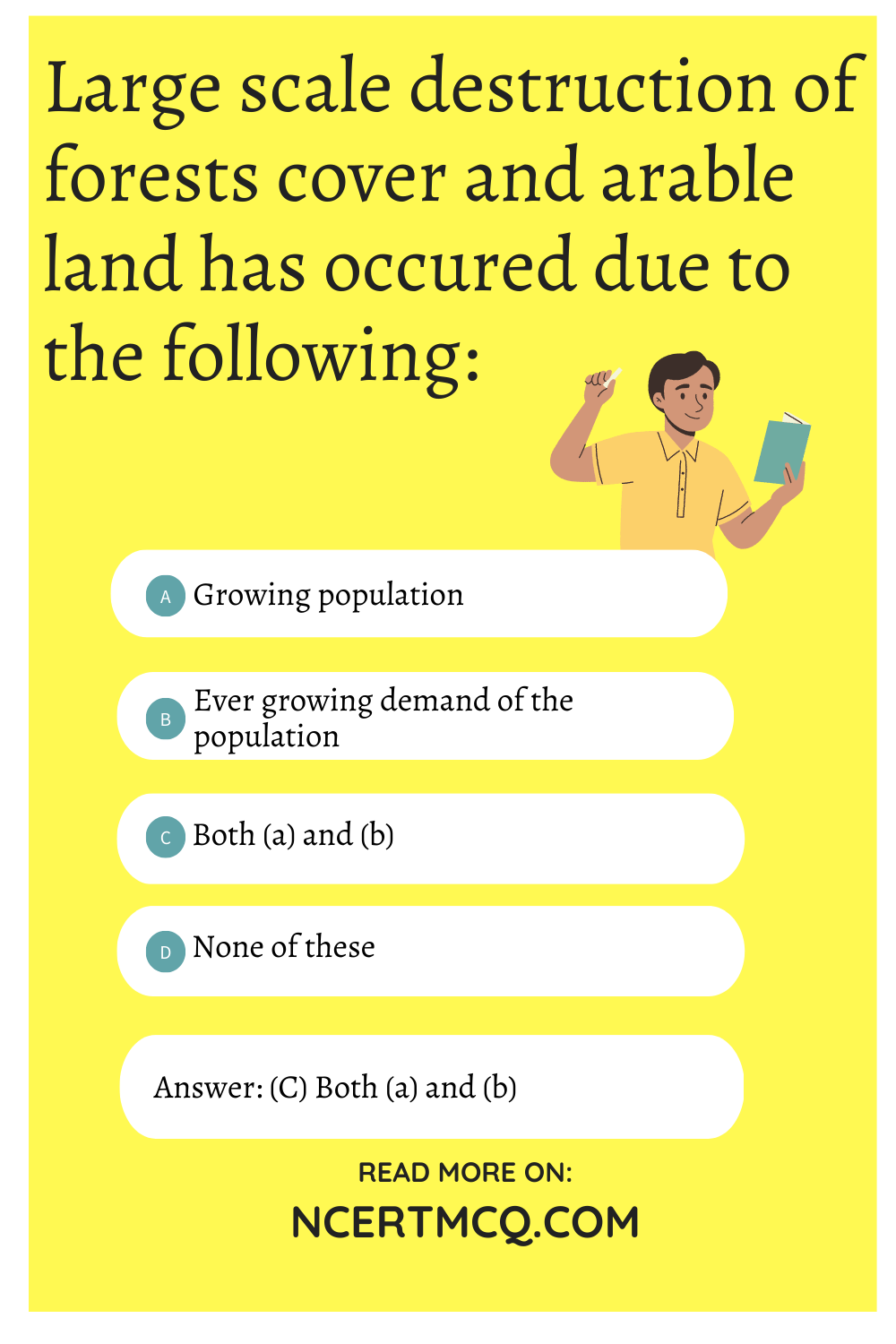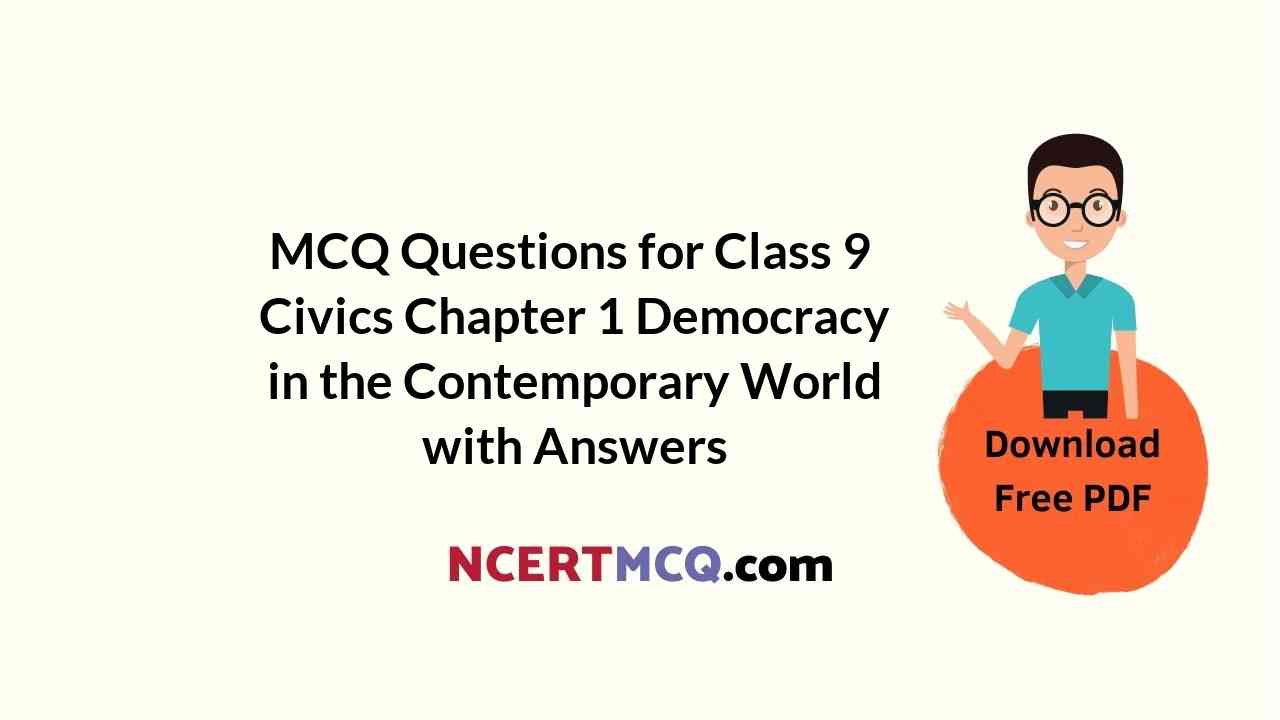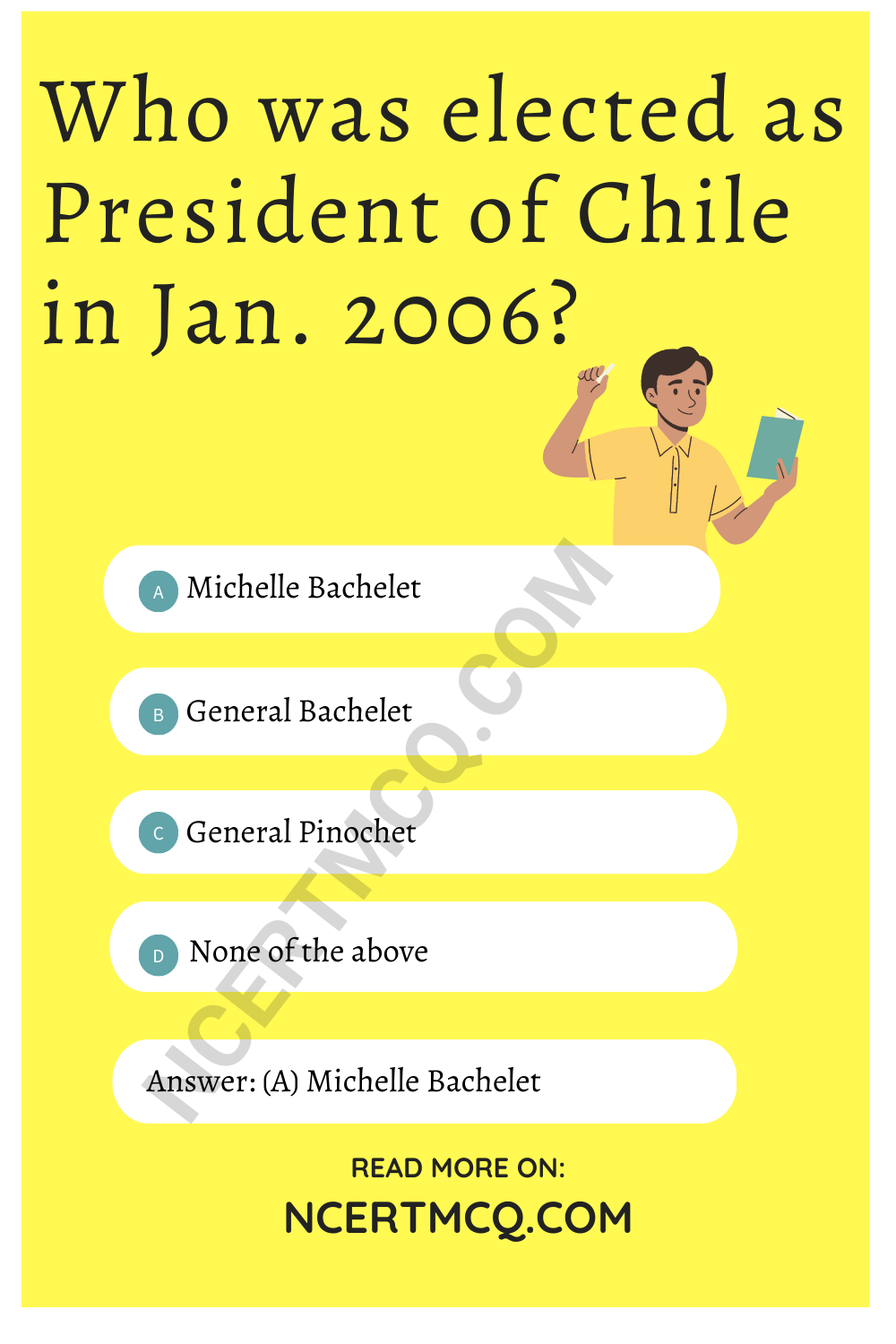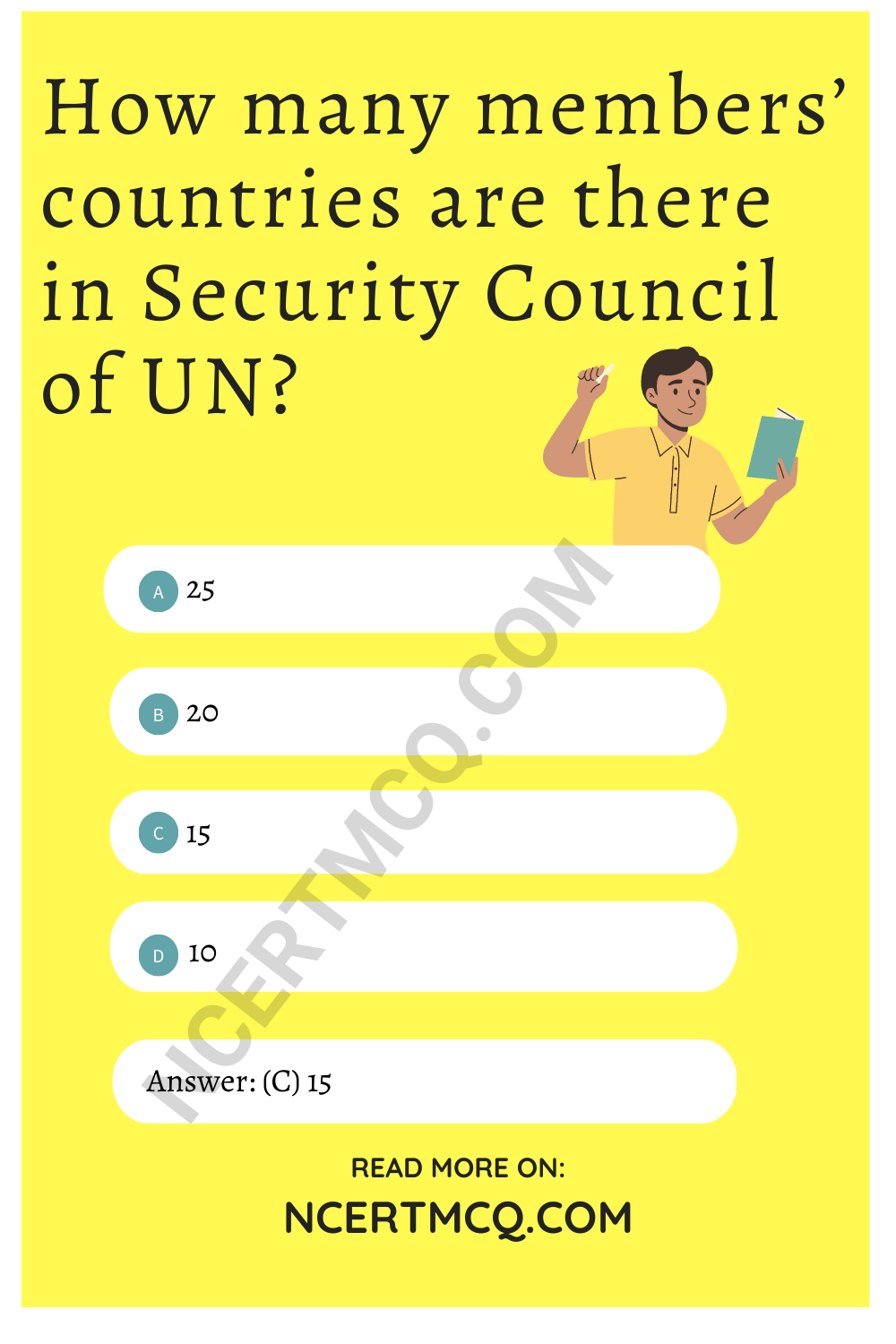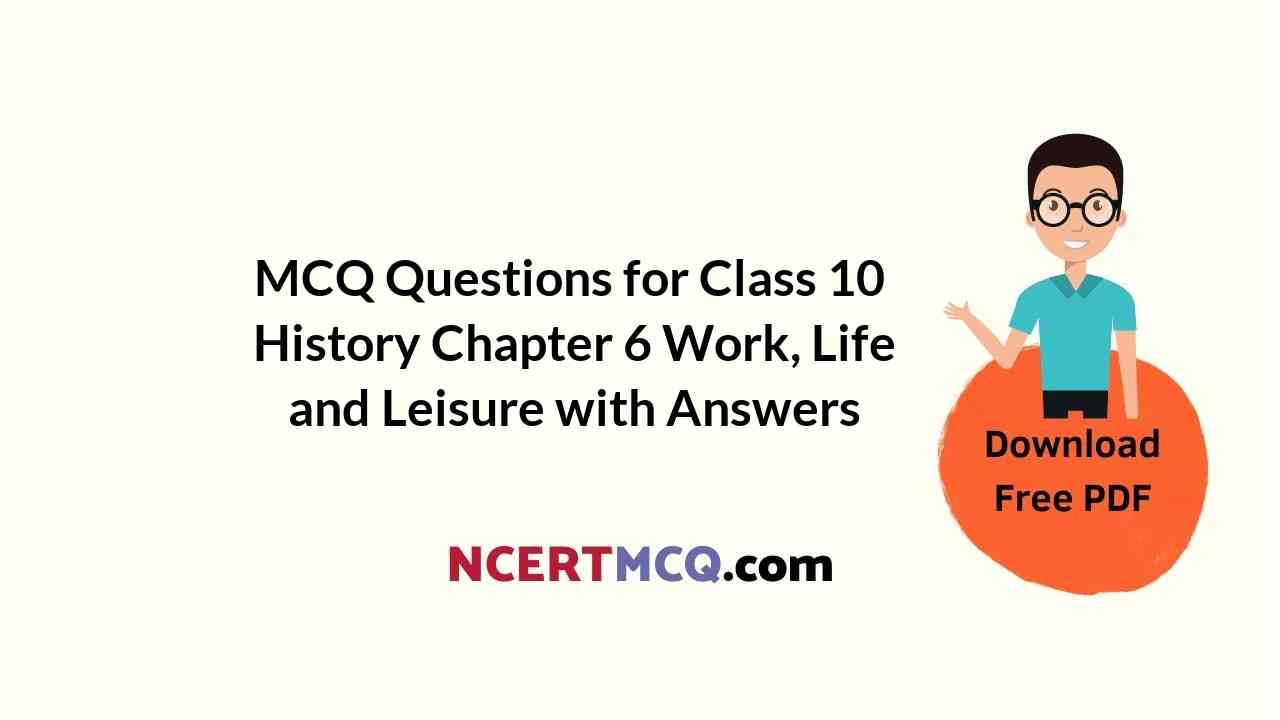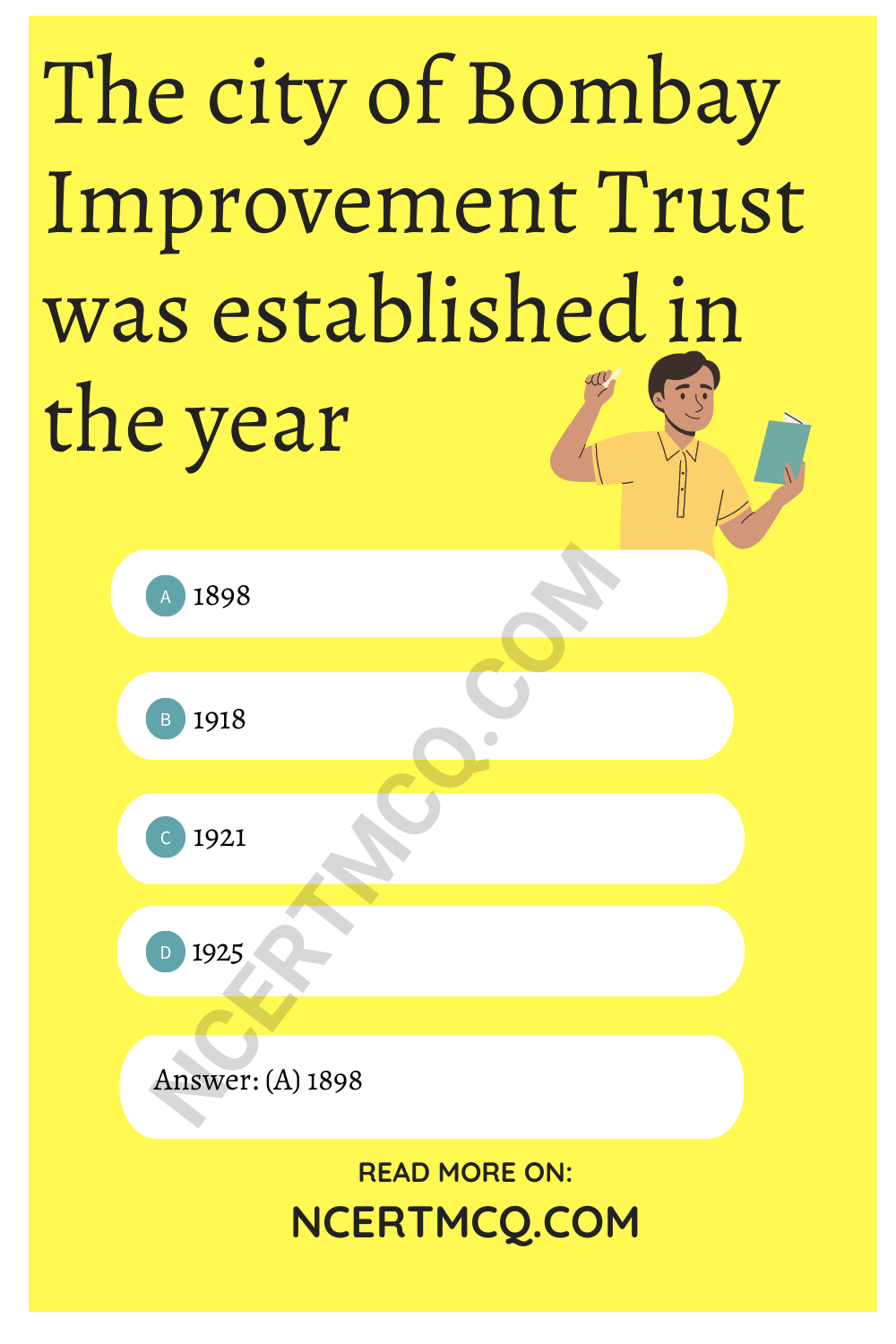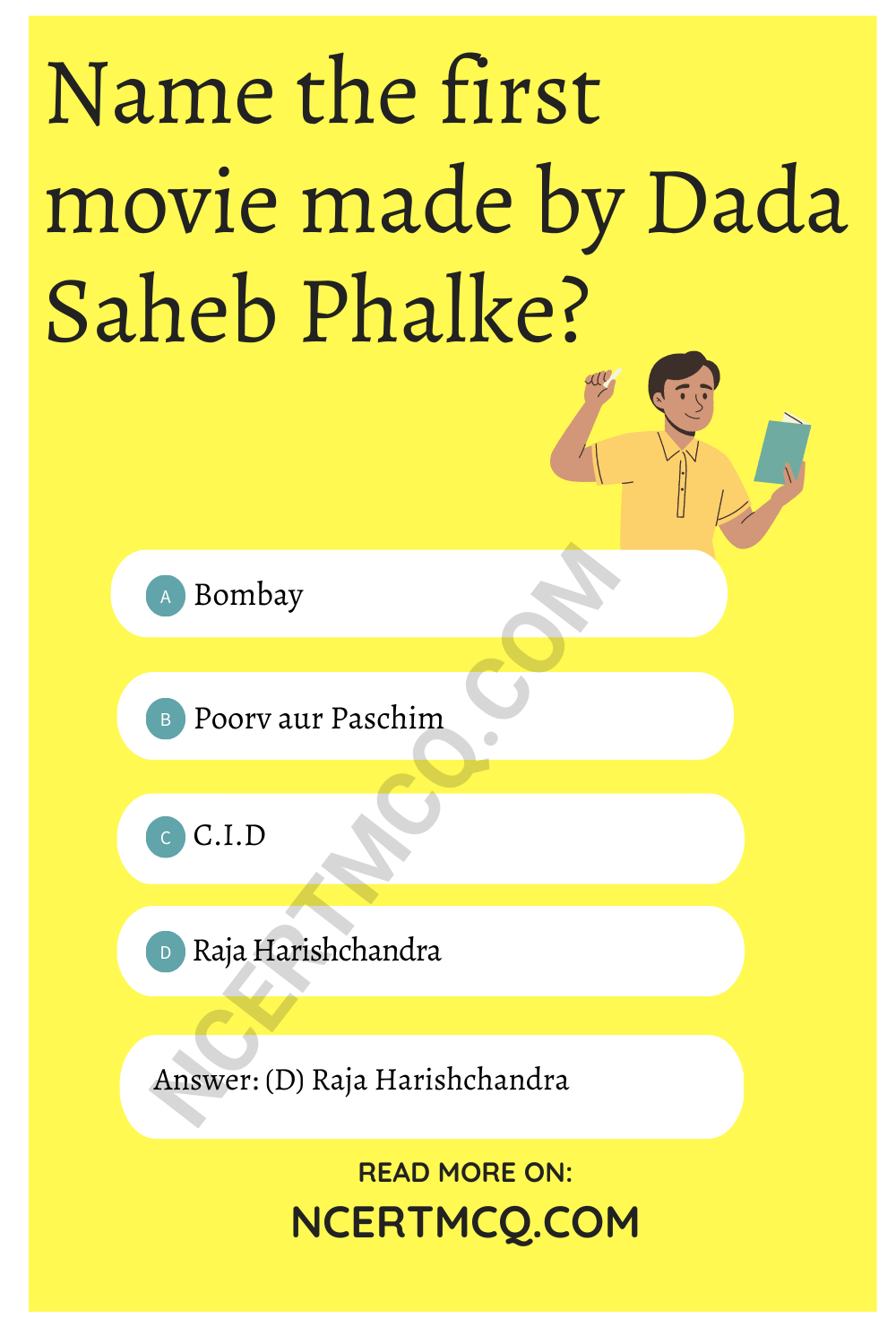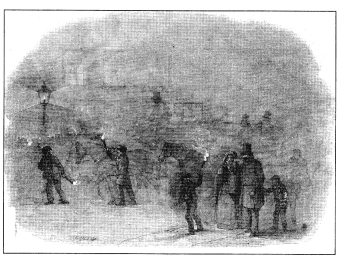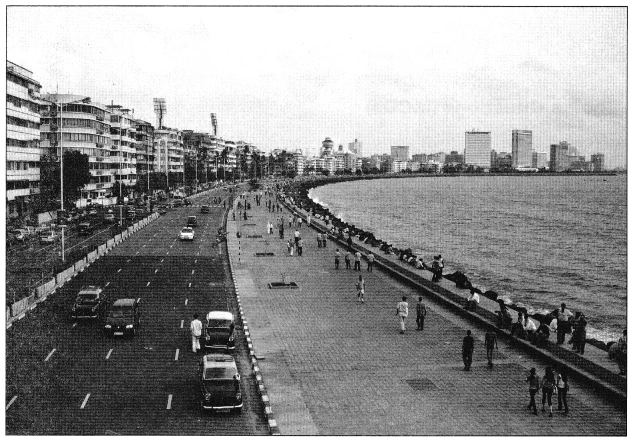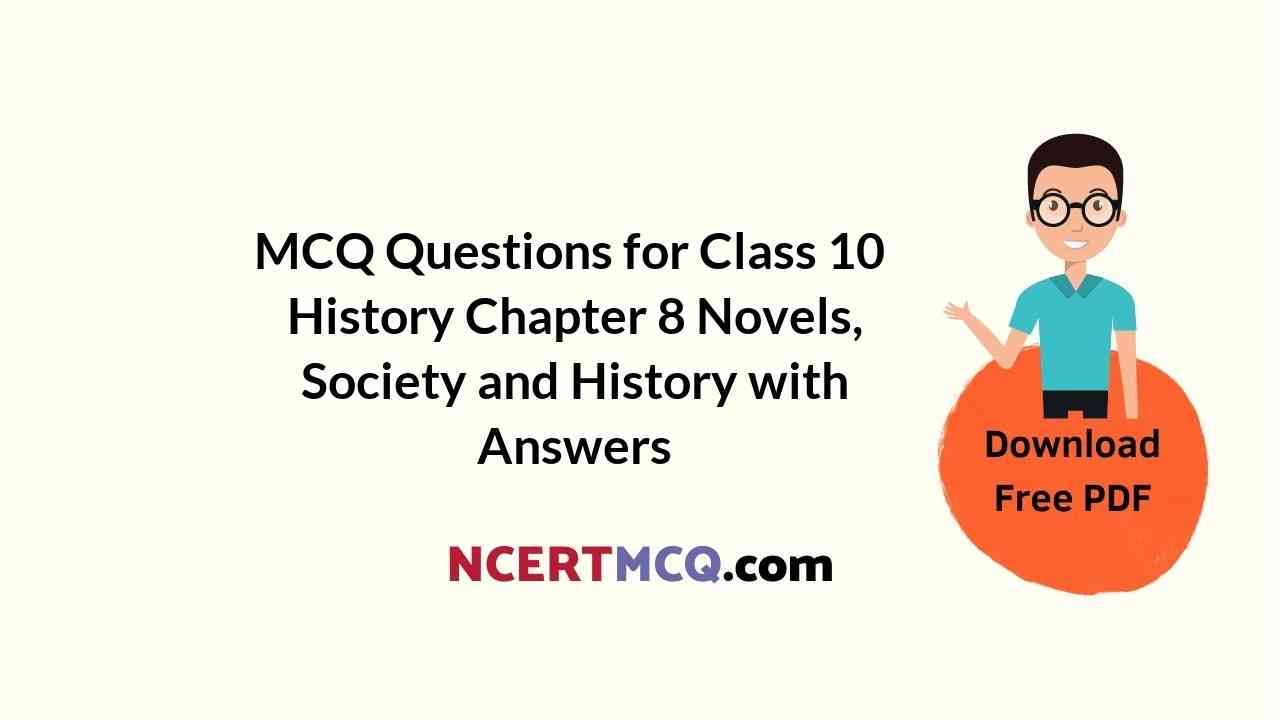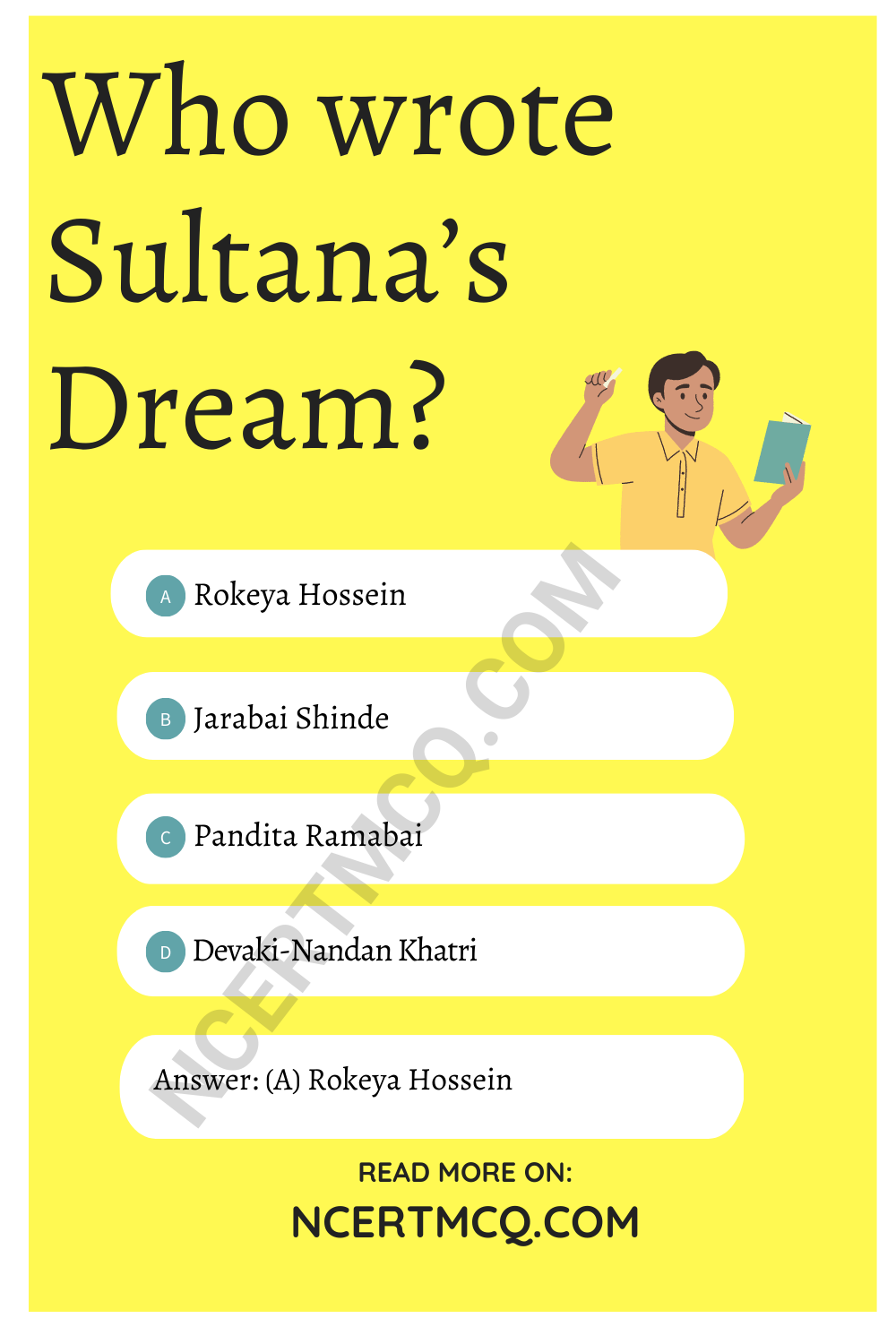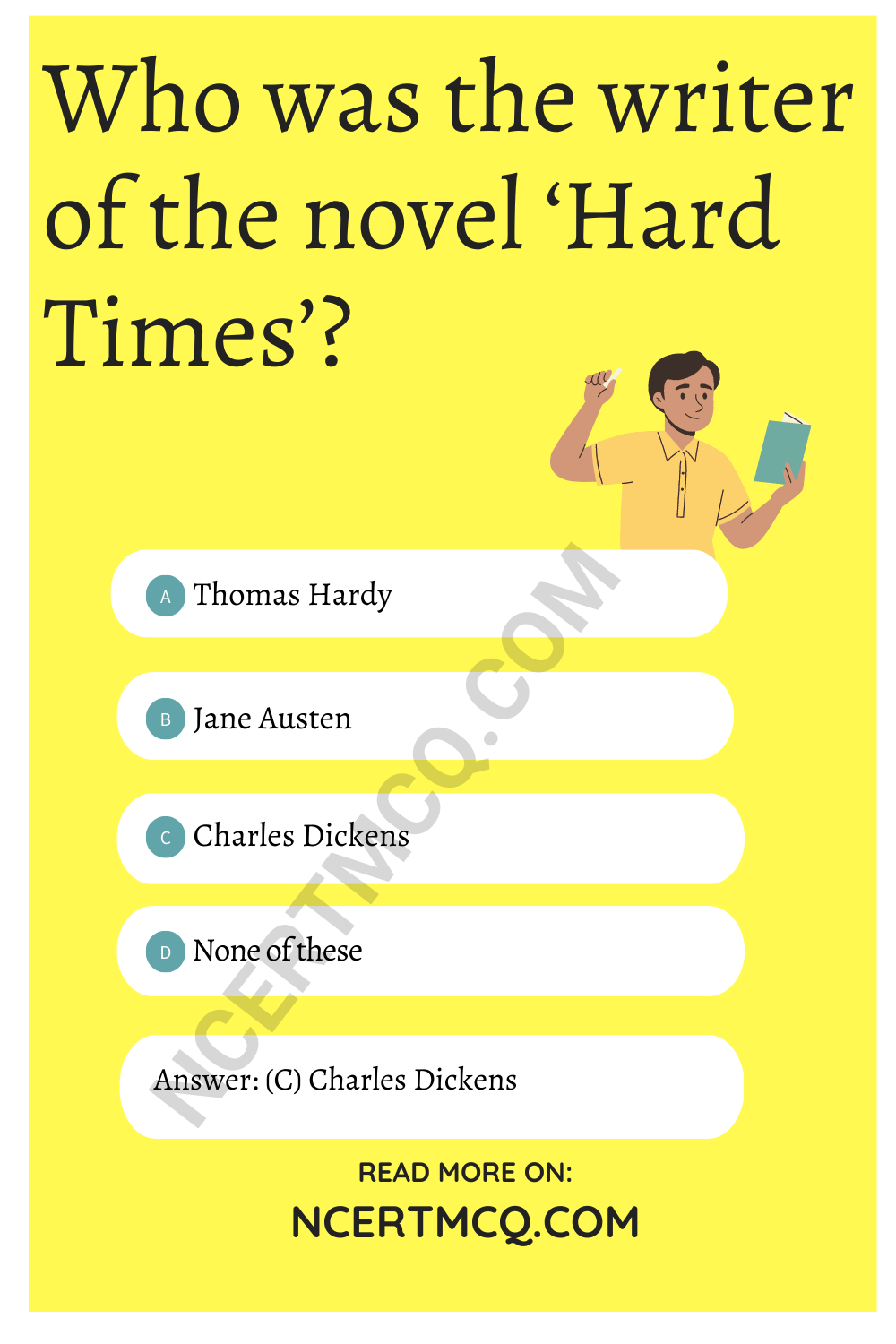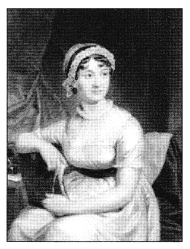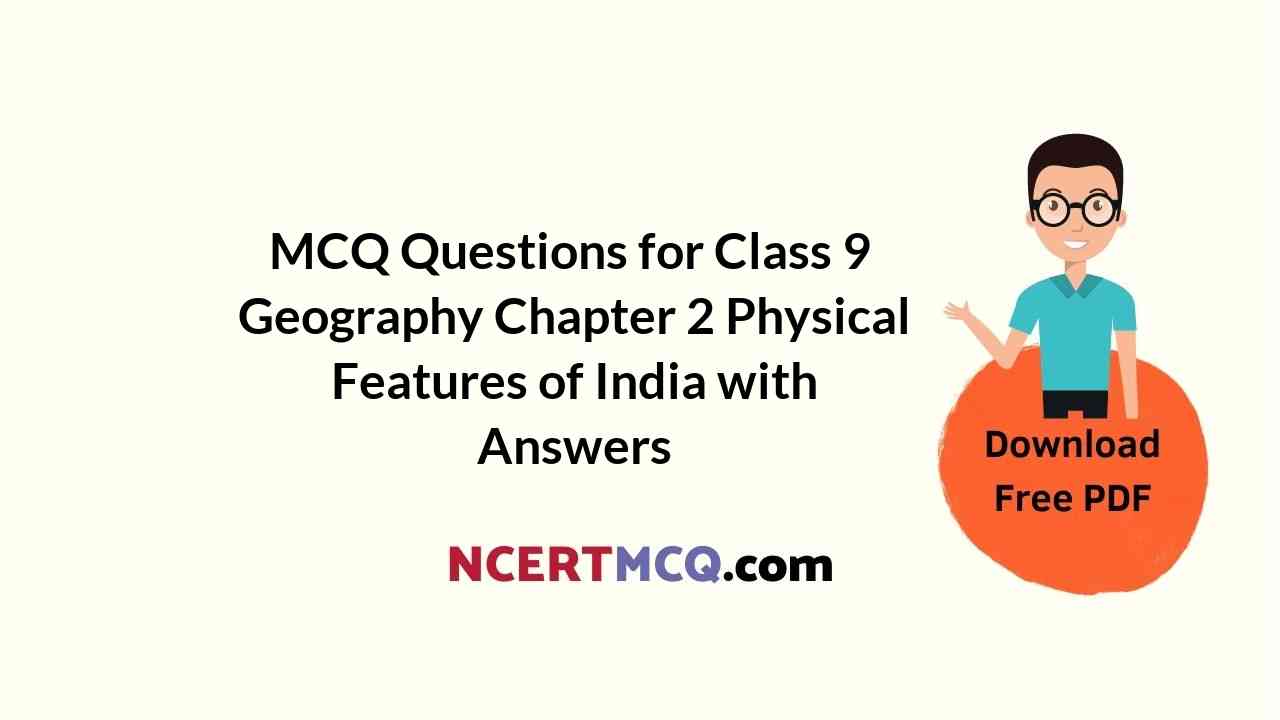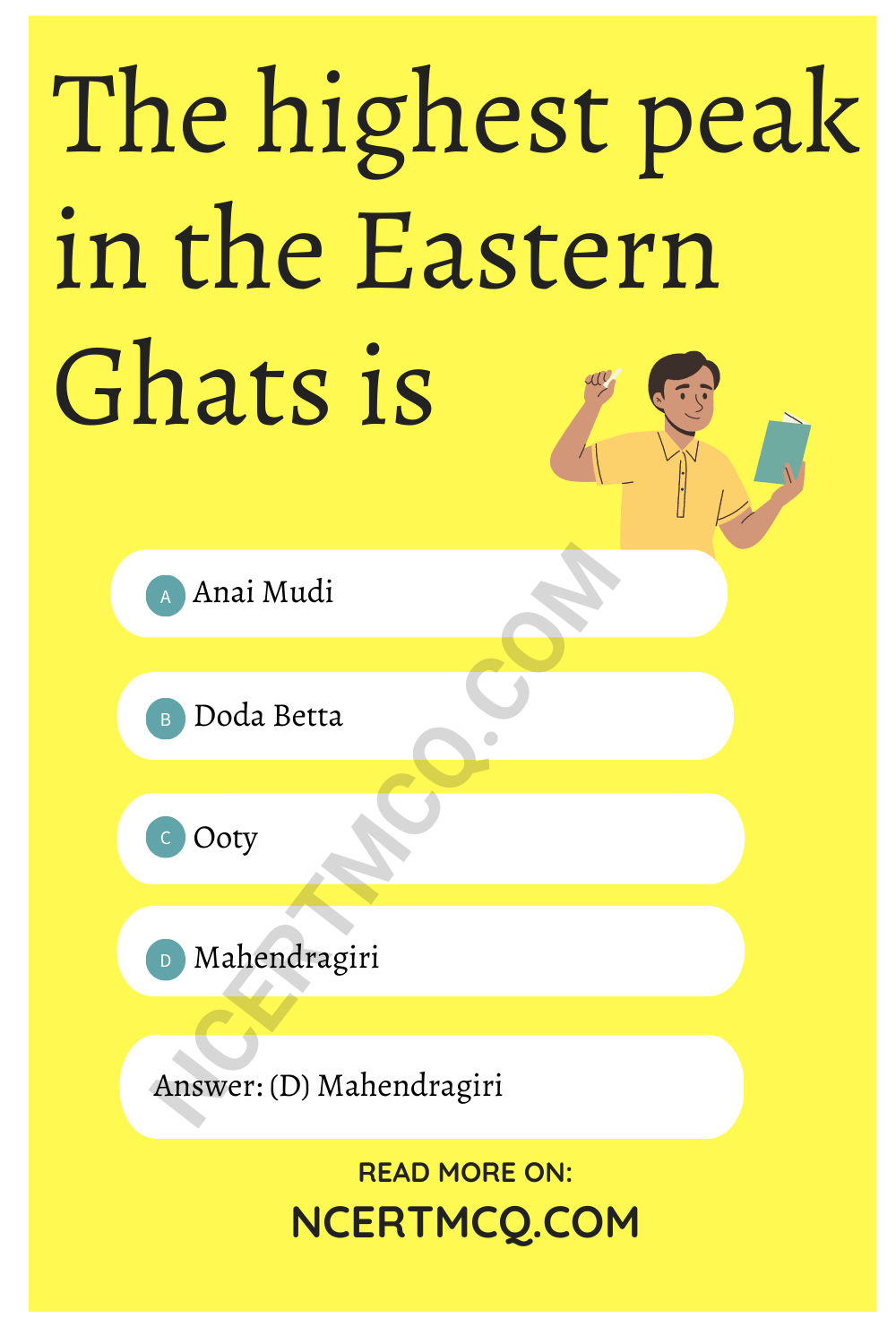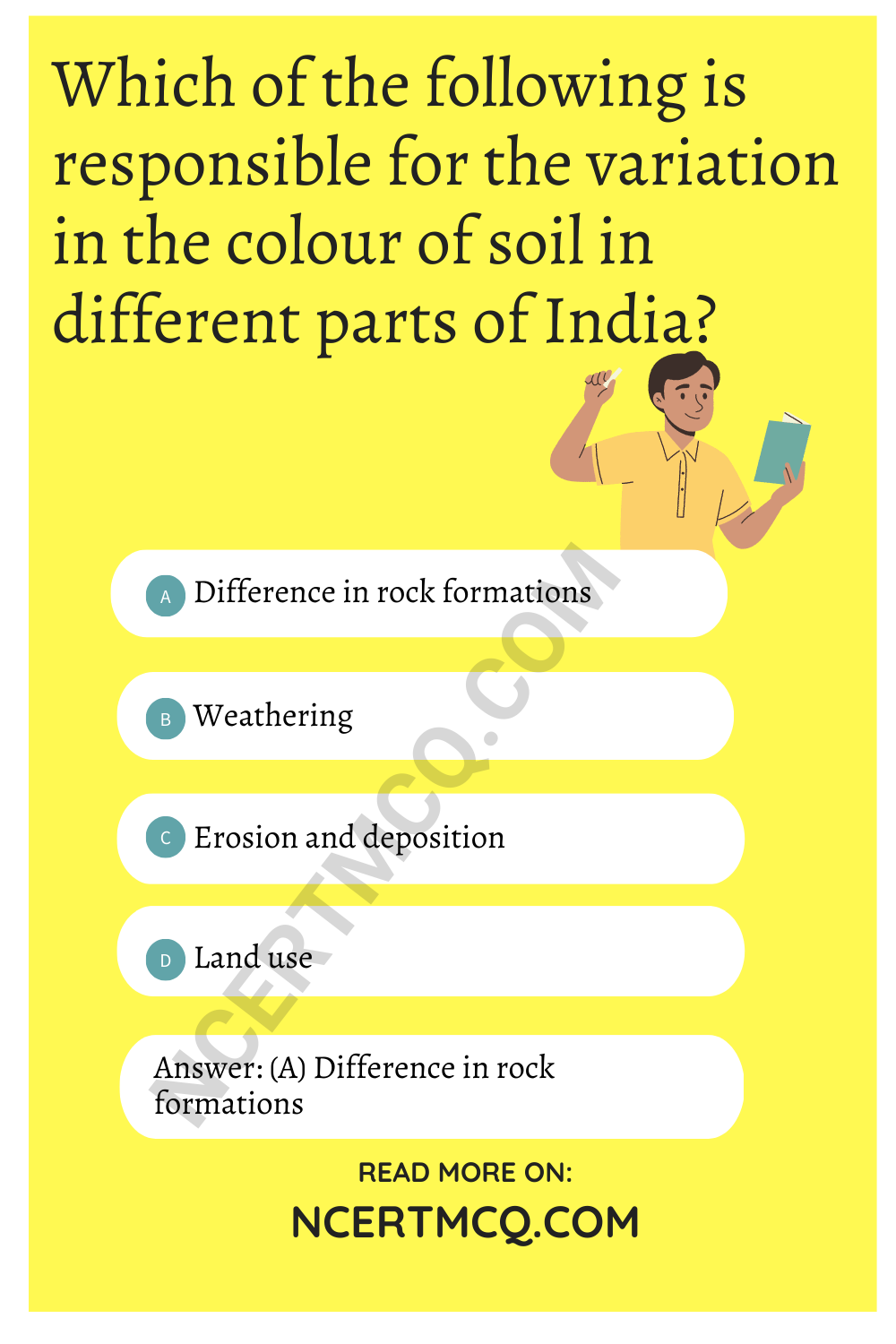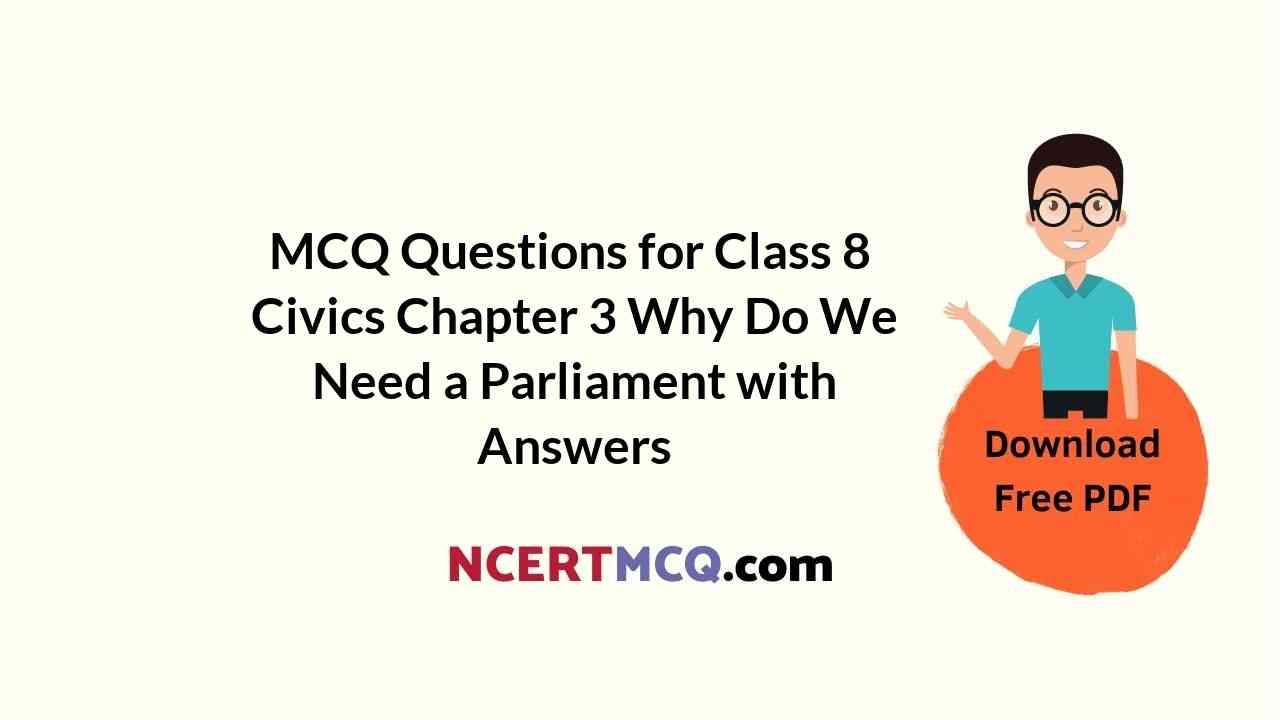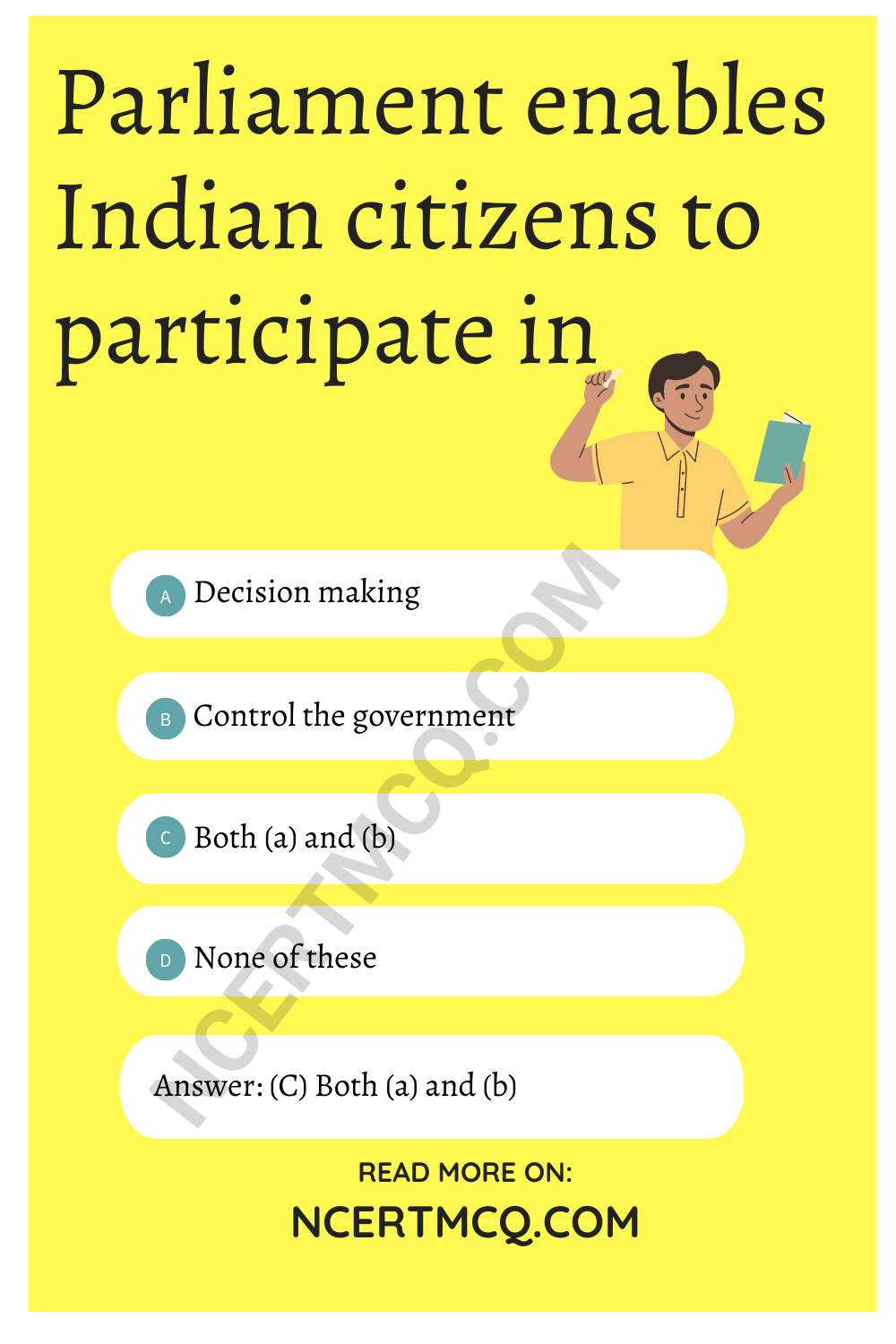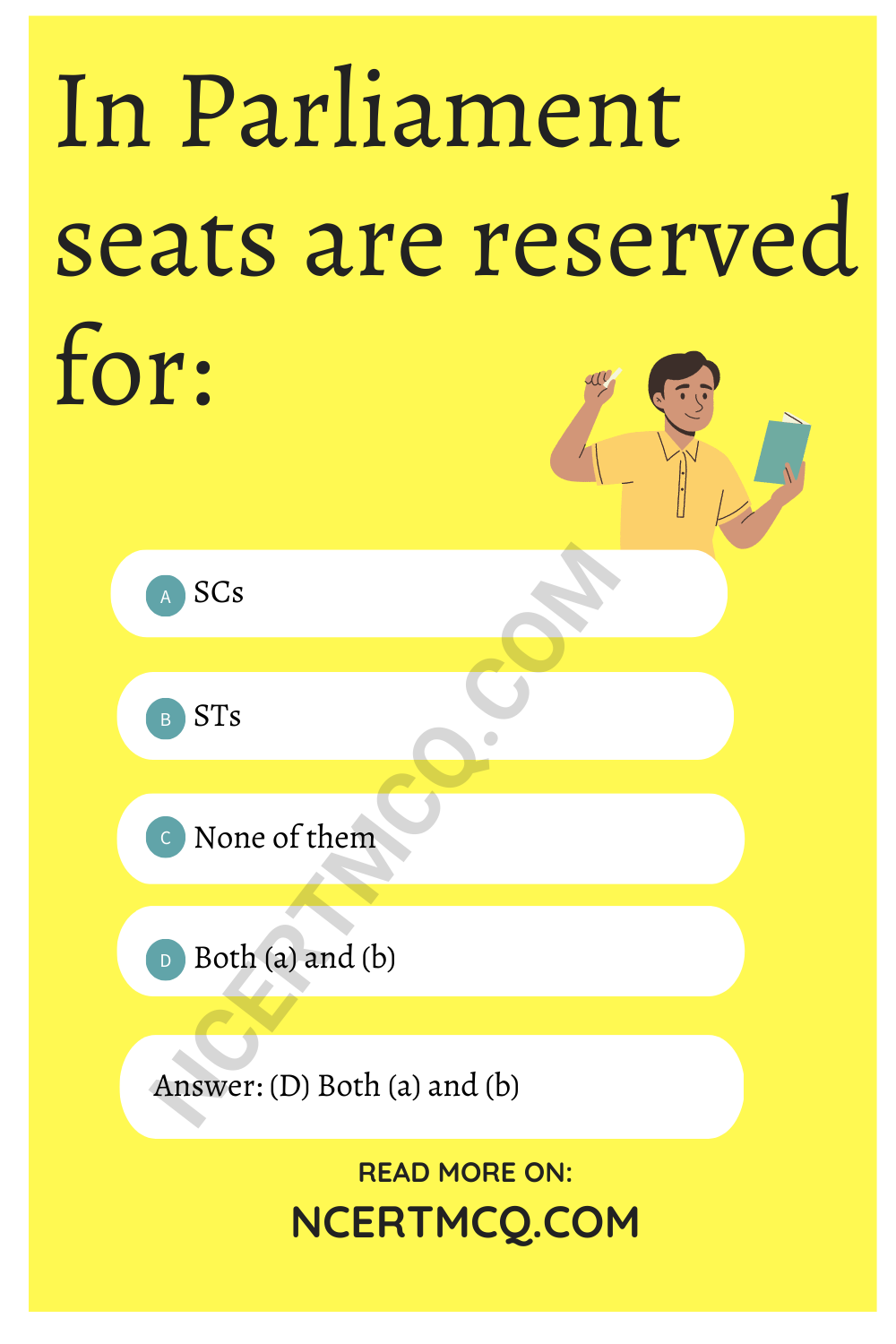Check the below Online Education NCERT MCQ Questions for Class 8 Civics Chapter 4 Understanding Laws with Answers Pdf free download. MCQ Questions for Class 8 Social Science with Answers were prepared based on the latest exam pattern. We have Provided Understanding Laws Class 8 Civics MCQs Questions with Answers to help students understand the concept very well. https://ncertmcq.com/mcq-questions-for-class-8-social-science-with-answers/
Class 8 Social Science Civics Chapter 4 MCQ With Answers
Civics Class 8 Chapter 4 MCQs On Understanding Laws
Choose the correct answer:
Understanding Laws Class 8 MCQ Question 1.
When did Jallianwala Bagh’s massacre take place?
(a) 13 April
(b) 13 March
(c) 13 May
(d) 13 June
Answer
Answer: (a) 13 April
Class 8 Civics Chapter 4 MCQ Question 2.
Where is Jallianwala Bagh located?
(a) Amritsar
(b) Delhi
(c) Agra
(d) Dehradun
Answer
Answer: (a) Amritsar
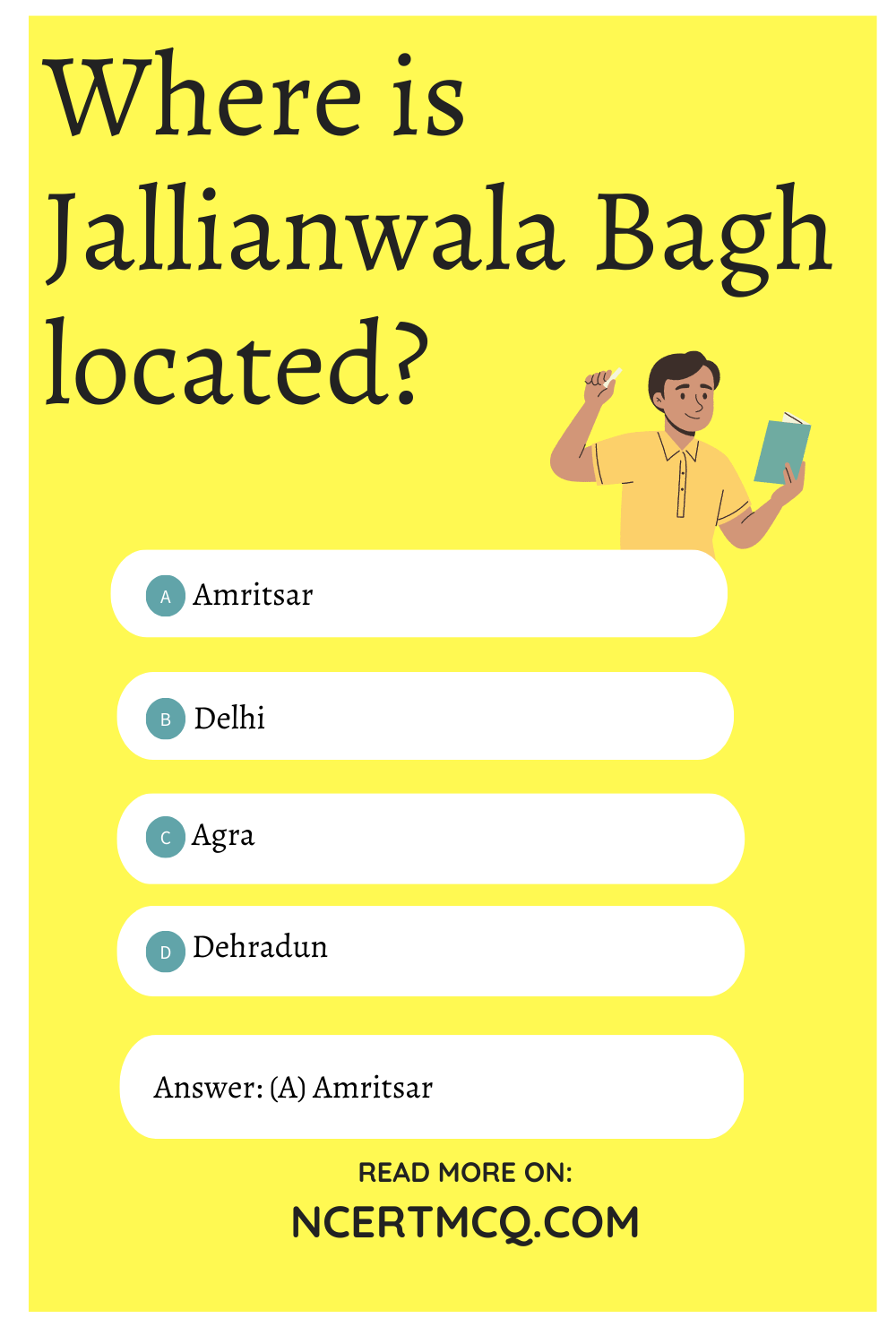
MCQ Questions For Class 8 Civics Chapter 4 Question 3.
When did the Rowlatt Act come into effect?
(a) On 10th February, 1917
(b) On 10th January, 1918
(c) On 10th March, 1919
(d) On 20th April, 1920
Answer
Answer: (c) On 10th March, 1919
Class 8 Civics Chapter 4 MCQ With Answers Question 4.
Who gave the order to fire in Jallianwala Bagh on innocent people protesting calmly?
(a) General Dyer
(b) Dr. Satyapal
(c) Dr. Saifuddin Kichlew
(d) None of these
Answer
Answer: (a) General Dyer
Understanding Laws Class 8 MCQ With Answers Question 5.
What is the violence free relationship where husband and wife are equal with each other and they enjoy equal rights?
(a) Equal relationship
(b) Discriminated relationship
(c) Evolution
(d) All of these
Answer
Answer: (a) Equal relationship
Class 8 Civics Ch 4 MCQ Question 6.
Law on Domestic Violence was made in this year
(a) 2005
(b) 2006
(c) 2007
(d) 2008
Answer
Answer: (a) 2005
Understanding Laws MCQ Question 7.
Who was the Afro-American woman who refused to give her seat to a white man in 1955?
(a) Rosy Peter
(b) Rosa Parks
(c) Rosymary
(d) Rose Jose
Answer
Answer: (b) Rosa Parks
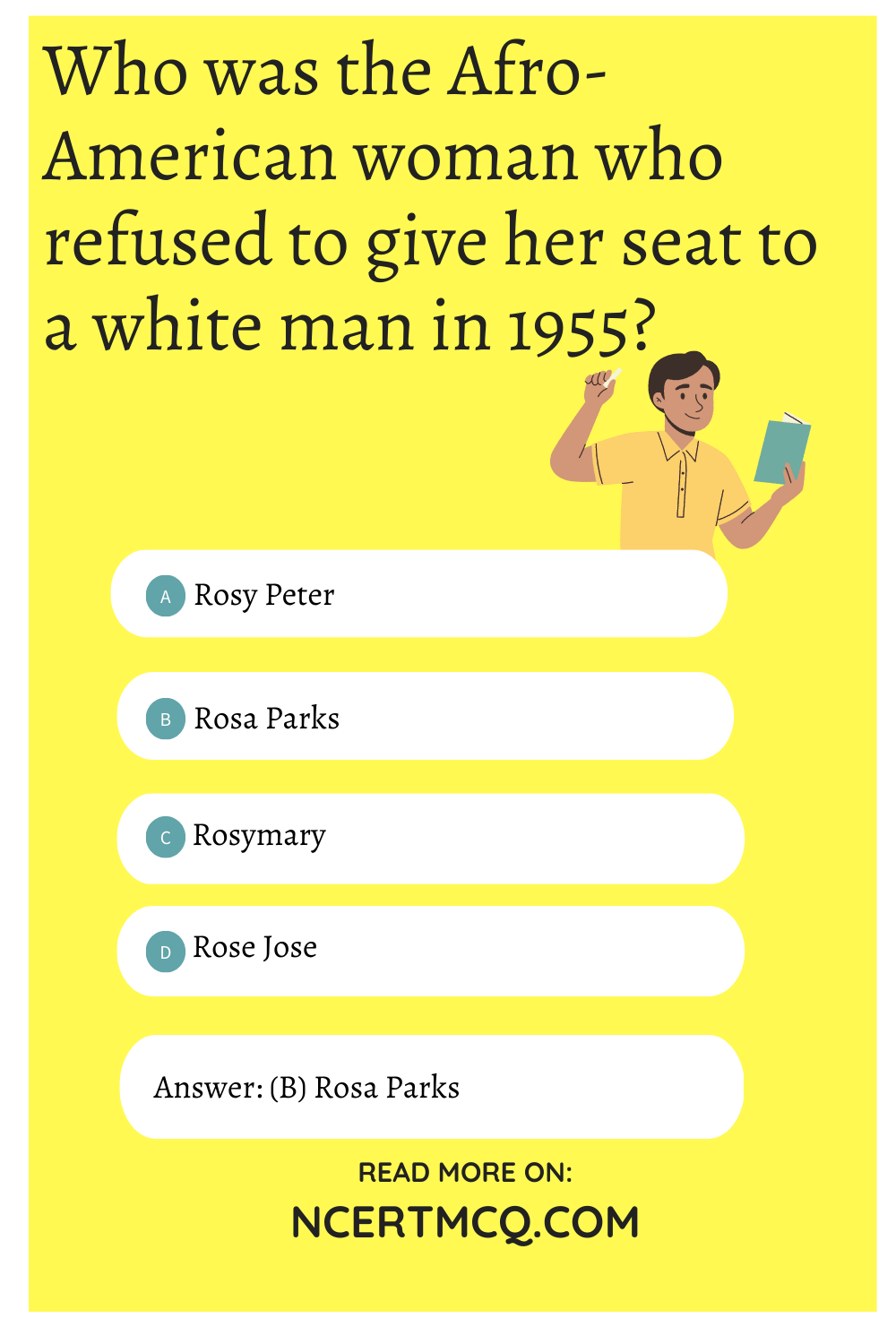
Match the following:
| Column A | Column B |
| (a) Domestic Violence | (i) Disapprove of a Person or thing |
| (b) Colonies | (ii) Guilty of criminal offense |
| (c) Convict | (iii) Quarrel between Husband and Wife |
| (d) Criticise | (iv) Country under Foreign Ryles |
Answer
Answer:
| Column A | Column B |
| (a) Domestic Violence | (iii) Quarrel between Husband and Wife |
| (b) Colonies | (iv) Country under Foreign Ryles |
| (c) Convict | (ii) Guilty of criminal offense |
| (d) Criticise | (i) Disapprove of a Person or thing |
Write (T) for true and (F) for false:
1. The most important provision in our constitution is all persons in independent India are equal in the eyes of law.
Answer
Answer: True
2. Our law gives special treatment for government officers and wealthy persons.
Answer
Answer: False
3. Colonial law was arbitrary.
Answer
Answer: True
4. Hindu Succession Amendment Act, 2005 gives priority to daughter over son.
Answer
Answer: False
5. Prime Minister can make new laws.
Answer
Answer: False
6. Sedition Act, 1870 was an example of arbitrariness existing in British India.
Answer
Answer: True
7. Rosa Park, an African-American woman protested for being unseated by the white man on December 1, 1995.
Answer
Answer: True
Fill in the blanks:
1. ……………… activities are done against the law.
Answer
Answer: Illegal
2. Evolution is the process of ……………… from a simple to complex form.
Answer
Answer: development
3. The Parliament is the ……………… which makes the new rules.
Answer
Answer: Institution
4. The Court has the power of ……………… to modify or cancel laws.
Answer
Answer: judicial review
5. Dr. Satyapal and Dr. Saifuddin Kichlew were ……………… on 10 April 1919.
Answer
Answer: arrested
6. The Parliament consists of Rajya Sabha and ………………
Answer
Answer: Lok Sabha
We hope the given NCERT MCQ Questions for Class 8 Civics Chapter 4 Understanding Laws with Answers Pdf free download will help you. If you have any queries regarding Understanding Laws CBSE Class 8 Civics MCQs Multiple Choice Questions with Answers, drop a comment below and we will get back to you soon.
Class 8 Social Science Civics MCQ:
- The Indian Constitution Class 8 MCQ
- Understanding Secularism Class 8 MCQ
- Why Do We Need a Parliament Class 8 MCQ
- Understanding Laws Class 8 MCQ
- Judiciary Class 8 MCQ
- Understanding Our Criminal Justice System Class 8 MCQ
- Understanding Marginalisation Class 8 MCQ
- Confronting Marginalisation Class 8 MCQ
- Public Facilities Class 8 MCQ
- Law and Social Justice Class 8 MCQ
